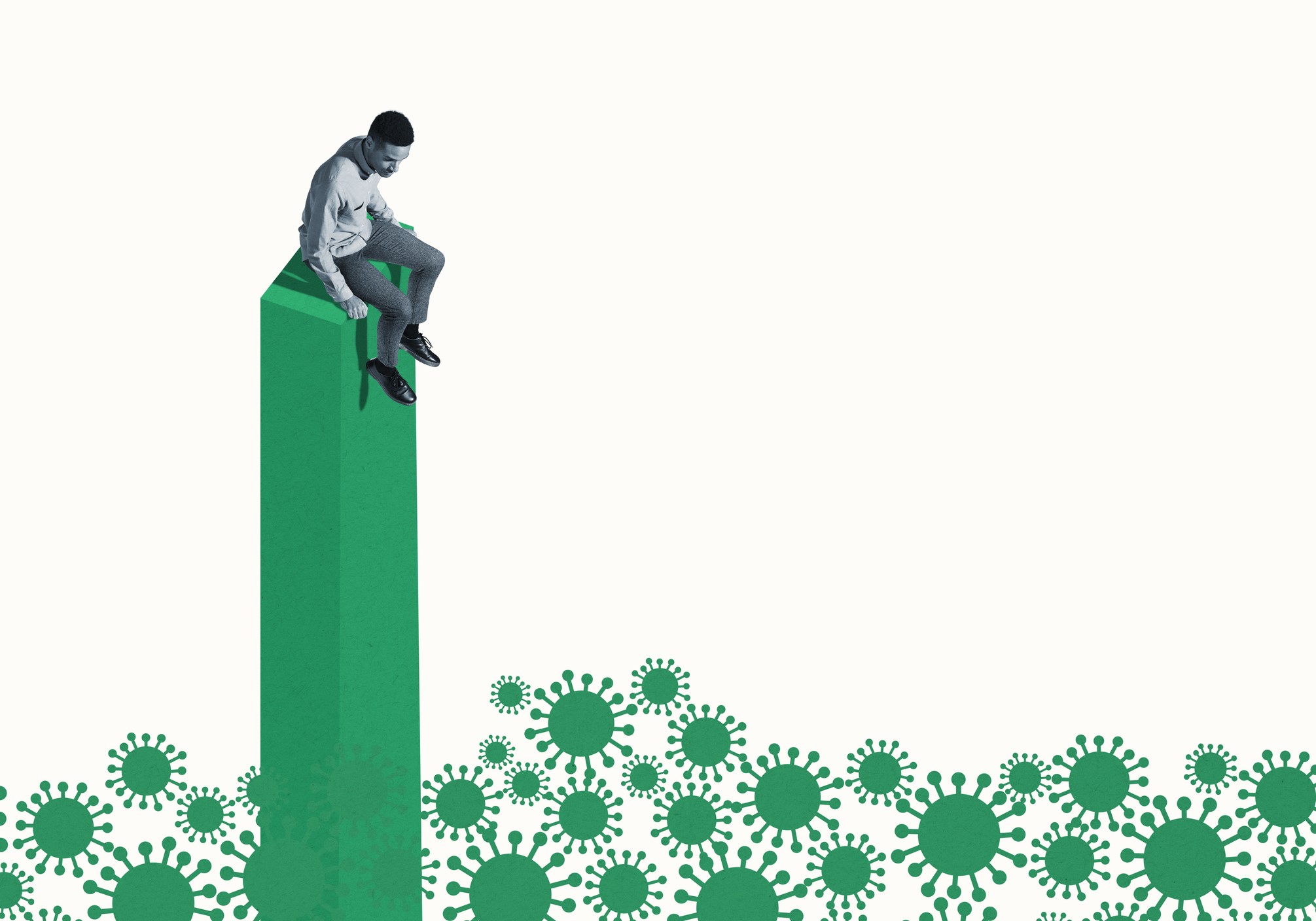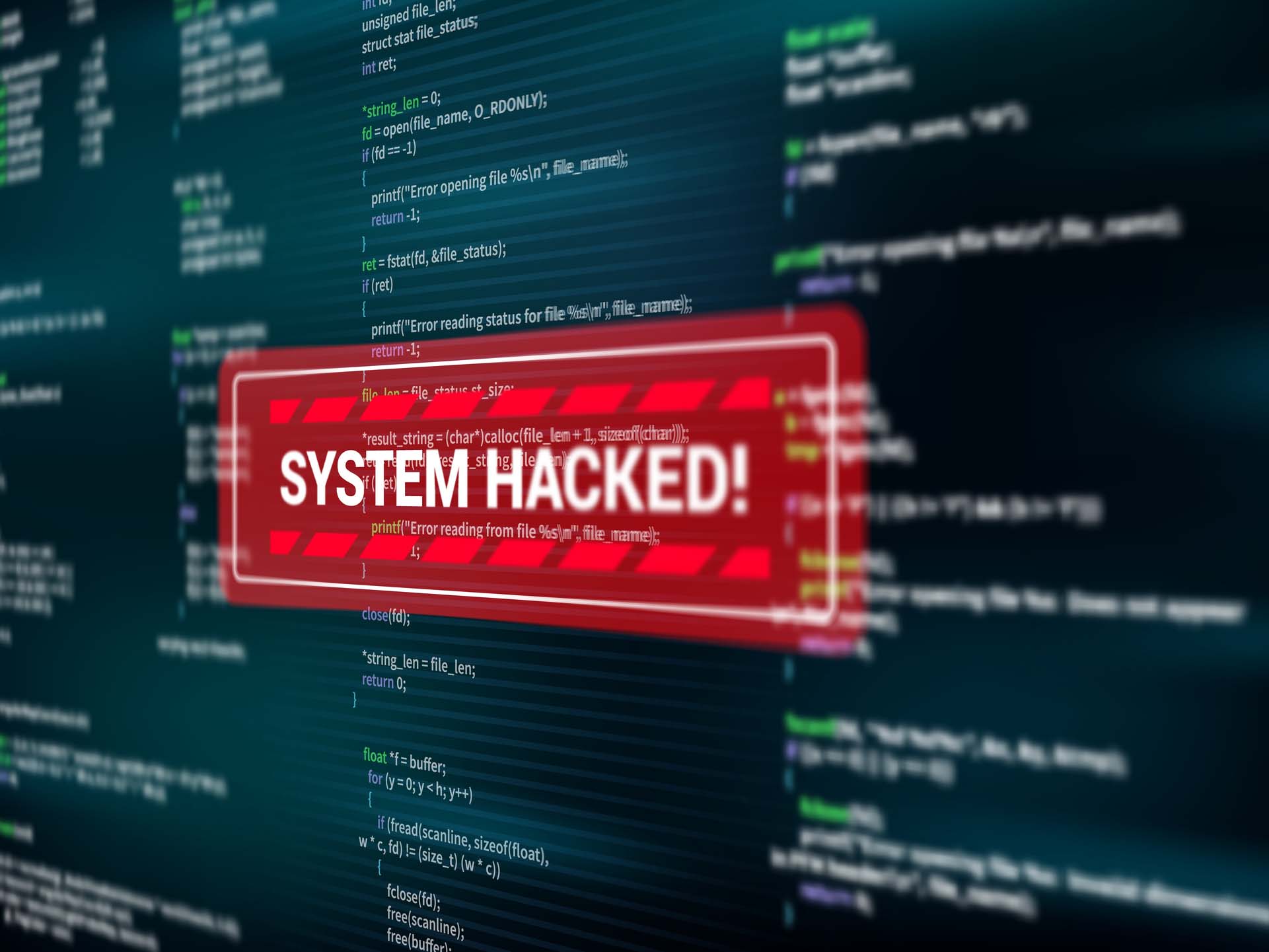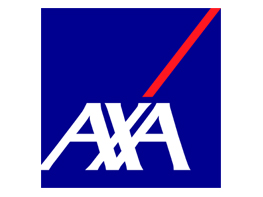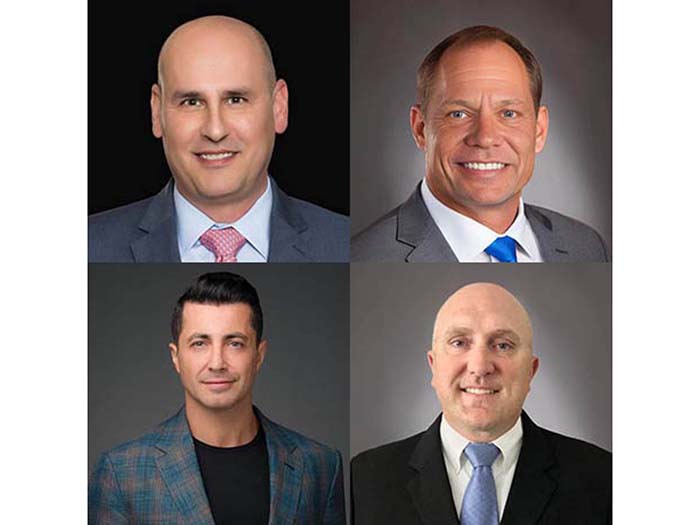5 Gray Swans that Menace Public Education
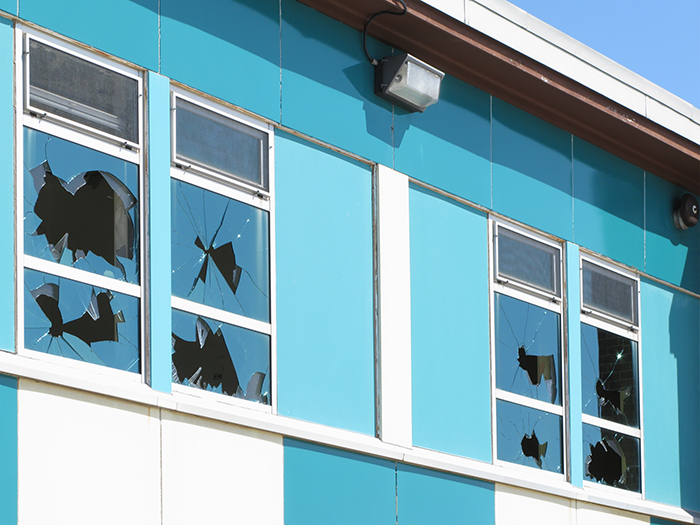
Risks affecting public schools, some of which were amplified by the pandemic, are accelerating to the degree that risk management experts are referring to them as “gray swans,” i.e., predictable but surprisingly severe risks.
Listed below are five types of public school risk that we knew existed, but which may be seen more frequently and with greater impact than they were in past years.
John Chino, area senior vice president, public sector and member of the public entity & scholastic division leadership team at Gallagher, said that risk has been a significant concept for public schools for some time due to the concentration of minors in schools and the risks associated with that exposure.
The implications of the current “gray swan” risks facing the public school sector are requiring significant focus on emergency preparedness plans being re-written to better organize schools for a measured response in the face of this greater uncertainty.
Mark Muscatiello, managing director, education and nonprofit at First Fidelity, a partner agency of PCF, believes that risk management in the public school sector has a lot of ground to make up.
“Schools have always been responsible for pupil safety, but we now also see larger macro challenges playing out in schools, resulting in increased risk,” he said.
“Litigiousness has combined with reduced trust in traditional institutions such as schools to raise the risk profile for the sector.”
Furthermore, omnipresent tech tools now memorialize incidents that can expose schools to increased liability. For example, bullying that occurred in years past in relative anonymity is now recorded on social media. Faculty missteps can be caught on camera, and email systems leave a trail of evidence.
“School officials have no choice but to adapt to the risk environment,” Muscatiello said.
1. Sexual Abuse Claims
Abuse and molestation claims are a major risk area for public schools. As Muscatiello explained, schools have obligations under both state and federal laws, including Title IX, but school leaders are often unaware of the full extent of their responsibilities.
“Carriers have faced increased losses due to claims of abuse that occurred many years ago. Some states created open ‘look-back’ windows during which abuse victims could make claims that were previously barred by the statute of limitations,” Muscatiello said.
Subsequently, carriers are changing terms for abuse coverage and/or implementing sub-limits. As Muscatiello explained, some excess carriers are excluding abuse coverage all together. Some carriers have also changed the definition of what defines a claim, substituting a “per-perpetrator” definition of occurrence for the previous “per-victim.”
“This reduces the limits of liability coverage available given a repeat bad actor. Other carriers are no longer offering occurrence coverage, instead only providing terms on a claims-made basis,” Muscatiello said.
Chino pointed out that the current environment for sexual abuse claims is extreme, as laws affecting the statute of limitations (SOL) in many U.S. states have been extended nearly to the point of elimination. In addition, many states have added “reviver windows” which means there is a period where there is no SOL to bar a claim.
“The societal movement towards the protection of victims is beneficial, of course. However, what we are seeing is an increase in the frequency of claims and higher payouts in court cases that also impact the price, terms and capacity for coverage,” Chino said.
There are a number of steps that schools can take to protect themselves from abuse claims. Muscatiello suggested that first, schools need to adopt a sexual misconduct policy that codifies best practices for all members of the school community.
Secondly, all school staff should receive annual abuse awareness training and records of training attendance must be kept. Third, schools should implement anonymous reporting tools to drive early intervention. Finally, schools must adopt good hiring practices including extensive background checks and reference checks.
Also, as Chino explained, schools are mostly collaborating with their insurance pool administrators and staff to develop training programs that prevent abuse by creating greater awareness of the hazards of sexual abuse whether perpetrated on very young students or teenagers.
“The training is age appropriate and directed at school staff, parents and even students,” Chino said.
“The medium for the training can include traditional communication options as well as devices such as a smart phone for easy access for parents and students.”
2. Student Accident Claims
Violence in schools has escalated significantly with events that range from fistfights to the use of more serious weapons. There is also an increase in athletic injuries possibly due to the interruption of athletic training due to COVID-19.
“But it’s the amplified aggression on campuses that is the real issue,” Chino said. Some believe the break from the school structure due to remote learning has disrupted the emotional development of some students. Other cite interferences to discipline as a reason.
“In any event, students are lashing out at each other and school staff at a rate that some of our clients estimate to be at least 25% higher than pre-COVID,” Chino said.
Head injuries sustained by students participating in sports also are some of the most impactful student injury claims.
“According to the CDC, an estimated four million people under age 19 sustain a head injury annually. Of these approximately 52,000 die and 275,000 are hospitalized. An estimated 300,000 sports and recreation related concussions occur each year,” Muscatiello said.
In light of these statistics, Muscatiello said all schools should have a comprehensive concussion management policy in place that includes:
- Commitment to reduce the risk of head injuries.
- Procedure and treatment plan developed by the district medical director that includes a return-to-play protocol.
- Training to ensure proper education for school nurses, certified athletic trainers, physical education teachers, and coaches.
- Coordinated communication plan among appropriate staff.
- Annual review of the concussion management program.
“Schools also need to look into evidence-based training for social and emotional development for staff so students are more at ease in school and better adjusted to the return to scholastic structure,” Chino said.
3. Cyberbullying Risks
According to the national bullying program, stopbullying.gov, approximately 71% of youth say they have seen bullying in their schools.
“Cyberbullying is particularly pernicious because it is persistent, in that it follows students home,” Muscatiello said.
“It is permanent in that it can follow a victim through life – and unlike playground bullying of the past, it leaves an evidence trail for any lawsuit. And it is hard to notice for parents and school staff who are unlikely to have access to the social media applications where the bullying takes place.”
“A school will most likely be held legally accountable for cyberbullying if it has been made aware that cyberbullying is happening and does not address the situation,” Muscatiello added.
He said schools should develop rules and policies that hold bullying offenders accountable and positively affirm all students’ rights to a supportive school environment.
Mandated training for all staff and students on bullying and harassment with the specific inclusion of cyberbullying, were among Muscatiello’s recommendations, along with maintenance of attendance records for staff who received training.
In addition, schools can establish a confidential and private reporting system through which bullying incidents can be easily reported.
4. The Inherent Risk of Technology
Most parental anger with school technology is a result of claims that student and/or family privacy has been violated due to the use of school-mandated technology. Primarily, these claims revolve around the collection of student data without permission or the failure to keep student data secure.
“Many tech companies moved quickly into the education space as result of the pandemic and schools rushed to integrate that technology without fully exploring the possible resulting privacy exposures,” Muscatiello said.
The next frontier could be the use and storage of student biometric information as schools will have access to biometric tech tools that could improve student safety but could also violate privacy.
“There is an innate tension in the school environment between student rights and the school responsibility to keep students safe,” Muscatiello said.
“Schools should develop a data governance plan, which creates privacy policies that protect and secure student data and will ensure that the school community understands what data is collected, for what purpose, and how it will be protected.”
He said schools should also provide proper training to school staff around data collection and protection and ensure that data collection follow all pertinent laws and regulations.
5. Increased Vandalism
For the most part, vandalism within schools is not from students but from “criminal gangs” and in some cases those experiencing homelessness. In certain areas, campuses have been overrun by gangs of thieves that “hit” a group of buildings, stealing anything they can get their hands on.
“As a result, schools have installed better security and even safety officers, but the police do not always arrive in time to prevent the looting,” Chino said. Also, decommissioned buildings end up as sites where homeless will “squat” and it’s not uncommon for fires to result.
To further protect schools, secure perimeter fencing is another consideration Chino mentioned. Gates should be closed and locked and barbed or razor wired if it is allowed by city ordinance, Chino noted.
Lighting is imperative and must illuminate the entire site — again, conflicts with municipal ordinances might result, Chino added.
Sophisticated camera systems can help track down criminals, as its unlikely law enforcement will arrive in time. Finally, the presence of on-site guards can help deter less determined thieves, according to experts.
“Carriers are tightening terms, reducing limits, and/or increasing deductibles. We see this trend continuing,” Muscatiello said.
“As a former school leader and district administrator, I often simplify risk management in schools for my clients by saying that for any risk area at minimum they need to DTD – Develop, Train, and Document,” Muscatiello added.
“Develop a policy/plan/protocol; train stakeholders on the policy/plan/protocol; and document the training.” &






